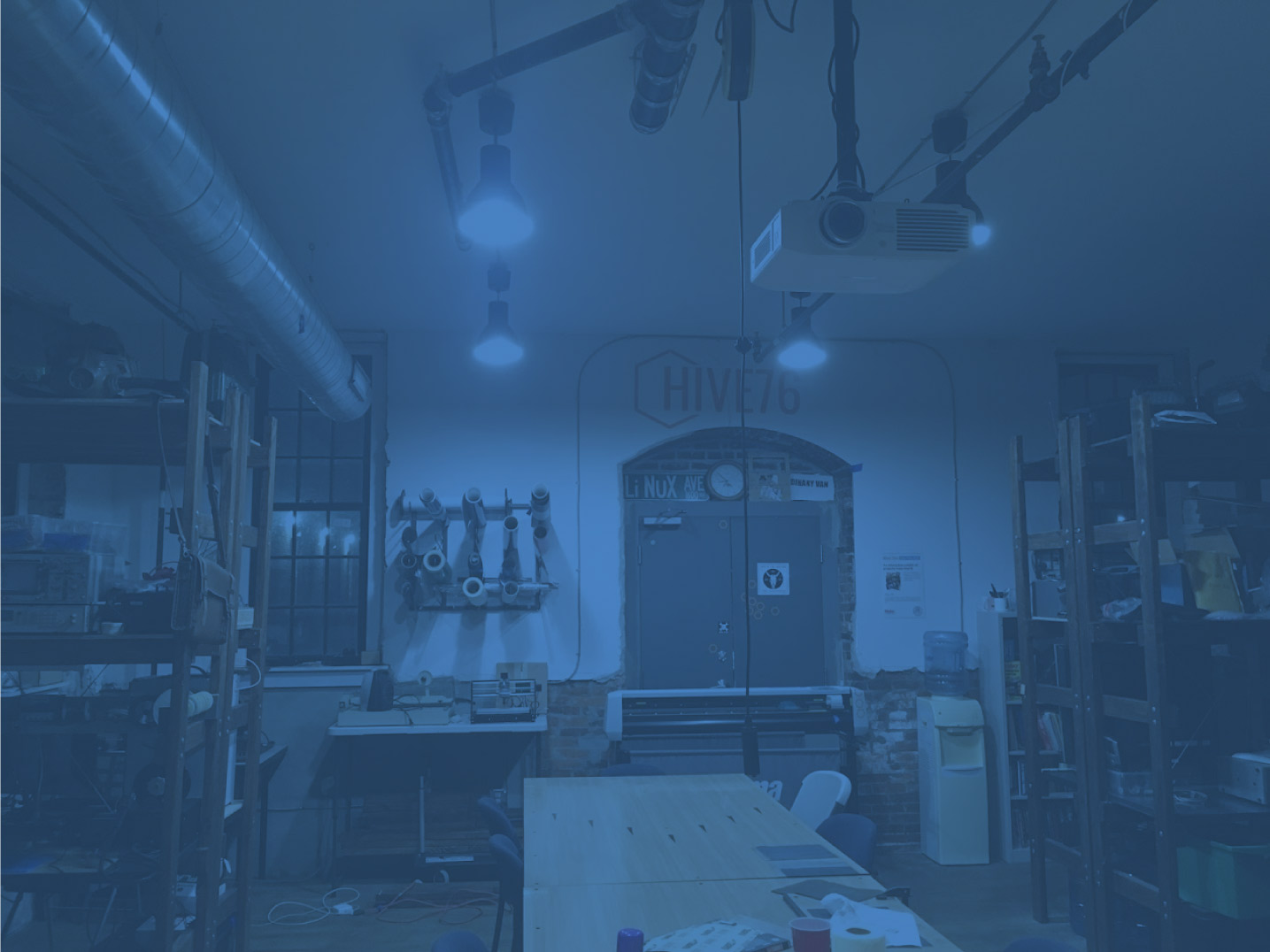We are excited to announce a very hacking winter-time Hive76 open-house hosted by NextFabStudio:
Hive76 Open House
December 20th, 7pm – Midnight
@ http://NextFabStudio.com/ @ 3711 Market Street
This Hack-tacular event will be at NextFabStudio and will get us free access for the night to some of their most awesome tools, such as: CNC plasma, CNC embroidery, e-textiles, electronics, 3D printers, shop bots… Check out all their equipment.
There will be food too.
So Awesome.
Now we need to brainstorm project ideas, let’s start things off in this email thread. Please reply-all so the proper NextFab people (cc’ed above) can tell us if this is possible and, if so, the logistics for how to make it happen.
All details are here on the Wiki
I’m proposing the first project (we can have many of them!!)…
A double-set of Hive76 chess pieces and boards. This will make use of their lasercutters, embroidery equipment, and possibly the electronics and 3D printers too. I really want a double-set (4 different colors) so we can play Bughouse Chess (You will love this game)
If we get really creative maybe some magnetics and electronics could be enabled as well.
Let’s get hacking!












